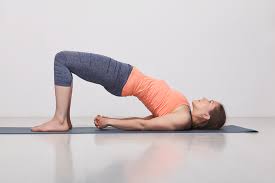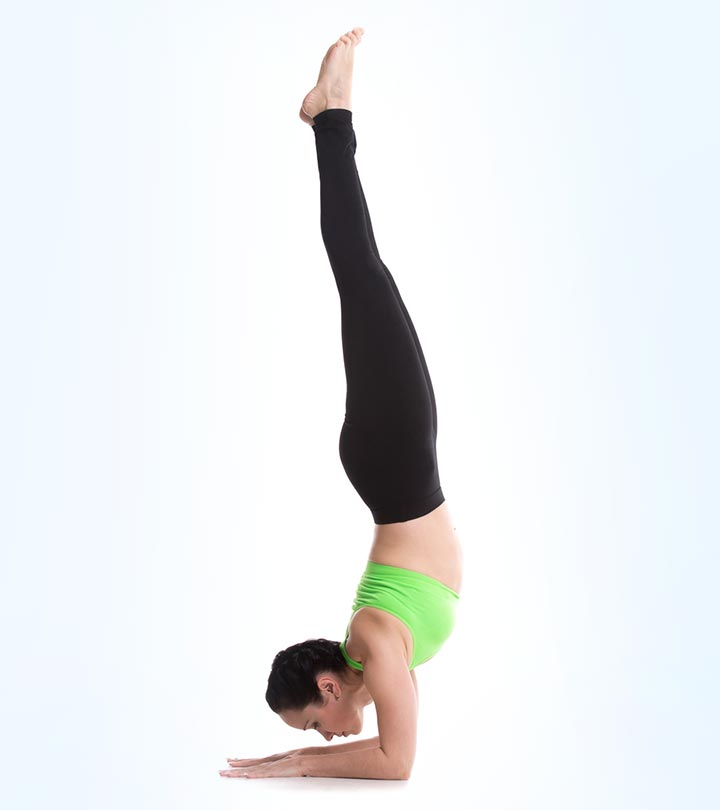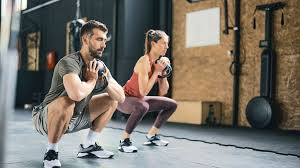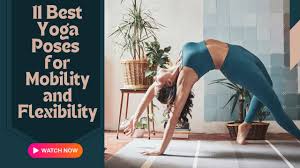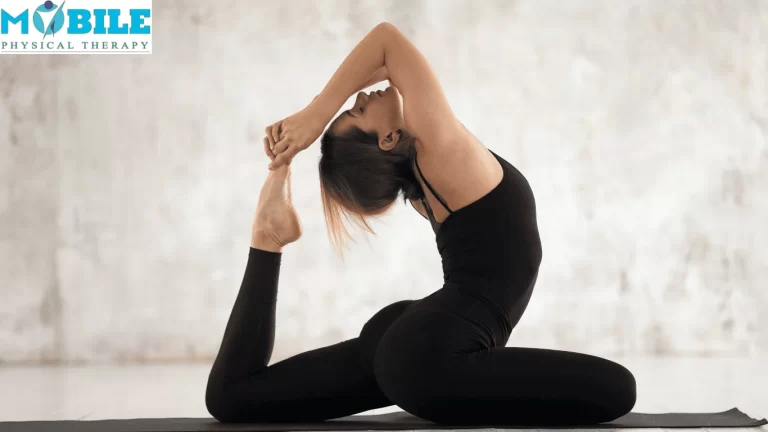Setu Bandha Sarvangasana
Table of Contents
What is a Setu Bandha Sarvangasana?
Setu Bandha Sarvangasana, commonly known as Bridge Pose, is a foundational yoga asana that offers a myriad of physical and mental benefits.
“Setu Bandha” translates to “bridge” in Sanskrit, while “sarvangasana” refers to “whole body pose,” indicating its holistic effects on the body.
Steps of Setu Bandha Sarvangasana:
First, lie down on your back.
After that bend or Fold your knees and keep your feet and hip distance apart on the floor.
Distance should be 10-12 inches from your pelvis. Along with knees and ankles in a straight line.
Take your arms beside your body, and your palms should facing down.
Now inhaling, slowly lift your lower back, middle back, and upper back off the floor.
Now gently roll in the shoulders; touch the chest to the chin without bringing the chin down, supporting your weight with your shoulders, arms, and feet.
Now feel your bottom firm up in this pose. Keep your thighs parallel to each other and to the floor.
You may interlace the fingers and push the hands on the floor to lift the torso a little more up, or you could support your back with your palms.
Keep breathing normally and slowly.
Remember to hold the posture for 30 seconds or one minute, and exhale as you gently release the pose.
Bridge Pose (Setu Bandha Sarvangasana) Video
Benefits of Setu Bandha Sarvangasana:
Physical (Anatomical) Benefits:
The first thing that comes to mind when we see the pose is back, hence the spine is bent backward and this movement with correct stretching helps in easing back muscles and thus strengthening them.
The neck too here is put to work, thus removing the irritating strain around the neck and correcting the posture of the neck.
The shoulders play a good role while in this pose, thus bringing out a strong shoulder along with correcting a sagging shoulder.
Strengthens the legs, thus making strong muscles around the thighs and calves, and works wonders for an athlete. The flow of blood in this pose at the feet, thighs, and legs brings comfort to an athlete. The knees too become strong here as there is an opening of the muscles around the knee during the pose.
Elbows become strong if the arms are used to help raise the lower back and hip. The elbows need to be strong as this works for the next level of asanas like Sarvangasana and Halasana. It can also cure a tennis elbow if the elbows are placed parallel to each other and in the proper way during the pose.
Health Benefits:
As the blood flows in the opposite direction, it enhances digestion and thus improves the organs related to digestion. This also works as a good massage for the internal organs in the lower abdomen.
The healthy nervous system as the spine is put to work for increasing flexibility. This in turn controls the mind and body thus making an overall healing of the entire body.
Reduces stress and anxiety as it requires concentration during the holding of the pose and the mind is connected to the breathing.
Since the chest is raised, the lungs are expanded thus curing Asthma and removing the impurities in and around the lungs.
Excess fat around the tummy is reduced as the pulling in of the tummy and abdominal muscles is essential during the practice of this pose. Excess fat around the chest for females too is reduced as the chest is raised up and burning of unnecessary fat happens.
The pressure at the pelvic muscles ensures good healing of the inner muscles along with the uterus thus solving the imbalance in the organs related to the reproductive system.
Works well and heals one from an imbalance of the hormones as the pressure around the throat and its organs are helped in proper functioning with the flow of fresh blood. Thus curing one of the thyroid problems.
Helps prevent arterial blockages or cardiac arrest by resting the heart muscles and increasing blood circulation to the arteries.
Combats fluctuating blood pressure, hypertension, and depression by soothing the brain and expanding the chest.
Relieves eye or ear ailments, migraines, stress-related headaches, nervous exhaustion, and insomnia.
Improves digestion and strengthens the abdominal organs.
It Relieves low back pain, strengthens the spine, and relieves neck strain.
Helps rest tired legs and prevents varicose veins.
Cautions:
Do not try or avoid doing this pose if you are suffering from neck and back injuries.
At first be perfect in basic Asanas, once you are perfect then try this Asana. If you are a beginner then the master in basic Asanas after that try this Yoga Pose.
Do all the Asanas under the supervision of a yoga instructor.
Stretches:
Thorax, Neck, Vertebral column.
Strengthens:
Legs, Back, Neck, Chest.
Pose type:
Backbend.
Precautions And Contraindications
These are some points of caution you must keep in mind while you practice this asana.
People who are suffering from a neck injury must either completely avoid this asana, or do it with a doctor’s permission under a certified yoga instructor.
Pregnant women may do this asana, but not to the full capacity. They must do it under the guidance of a yoga expert. If they are in their third trimester, they must do this asana with a doctor’s consent.
If you have back problems, you must avoid this asana.

